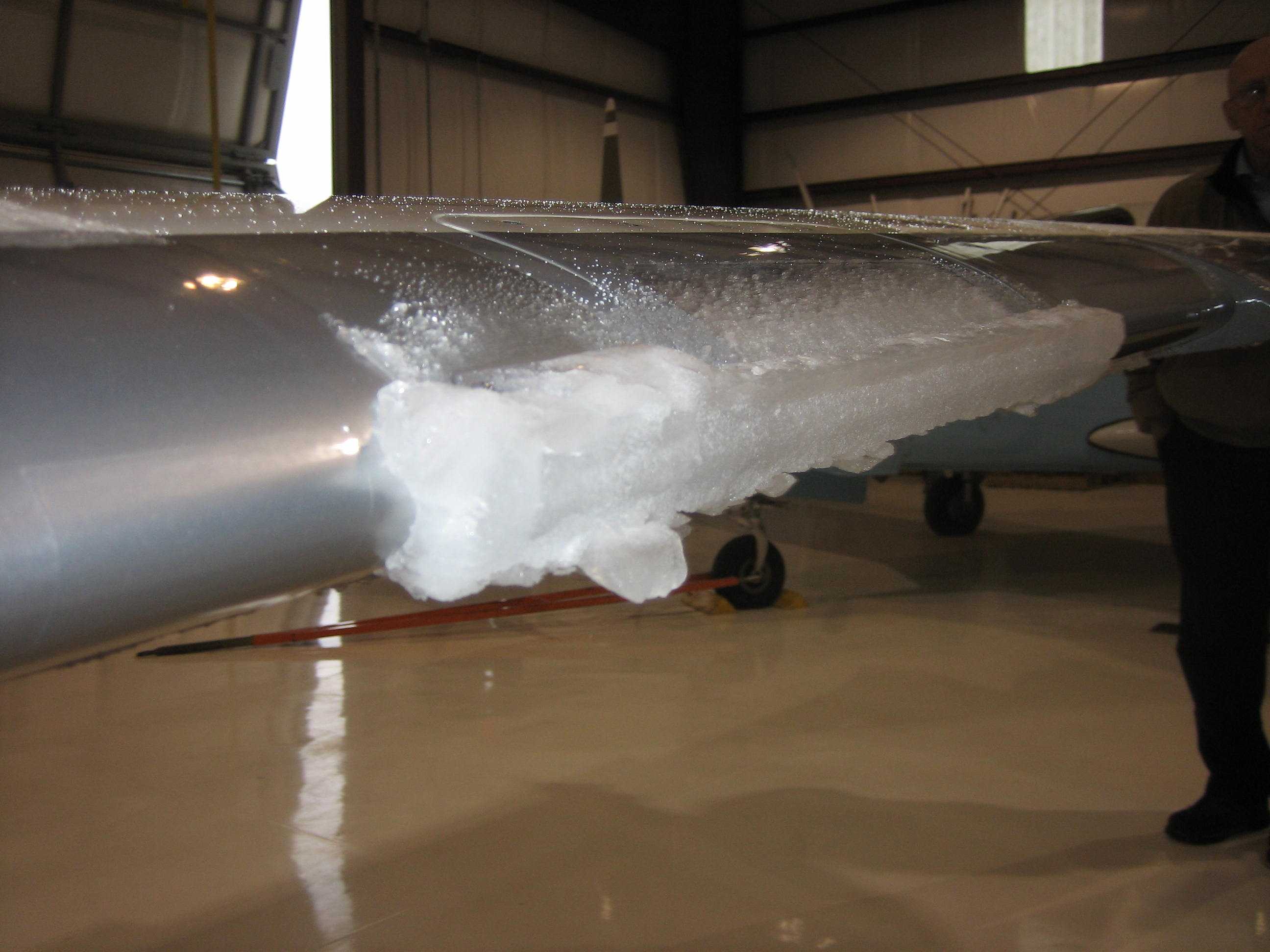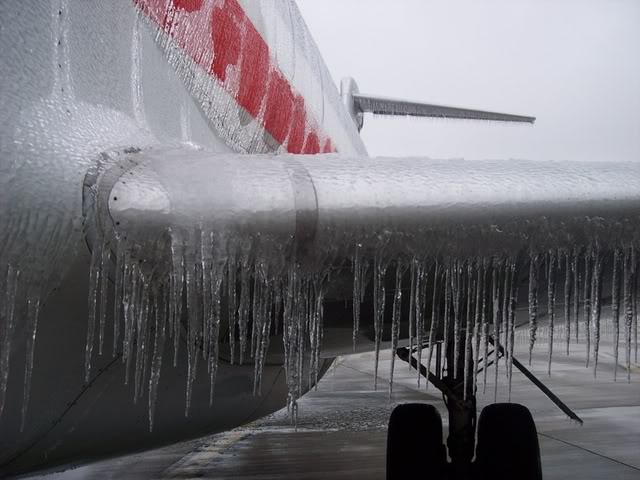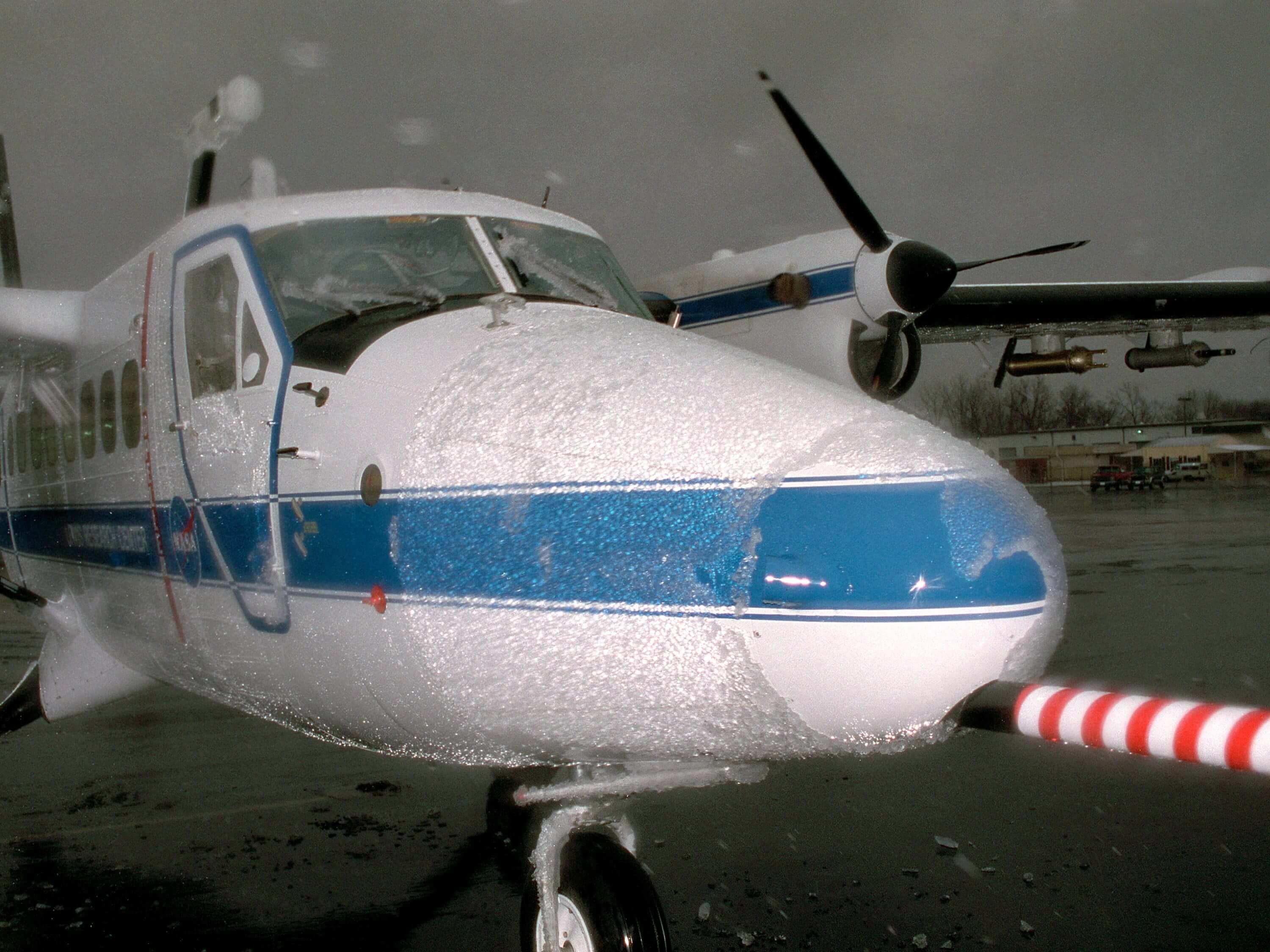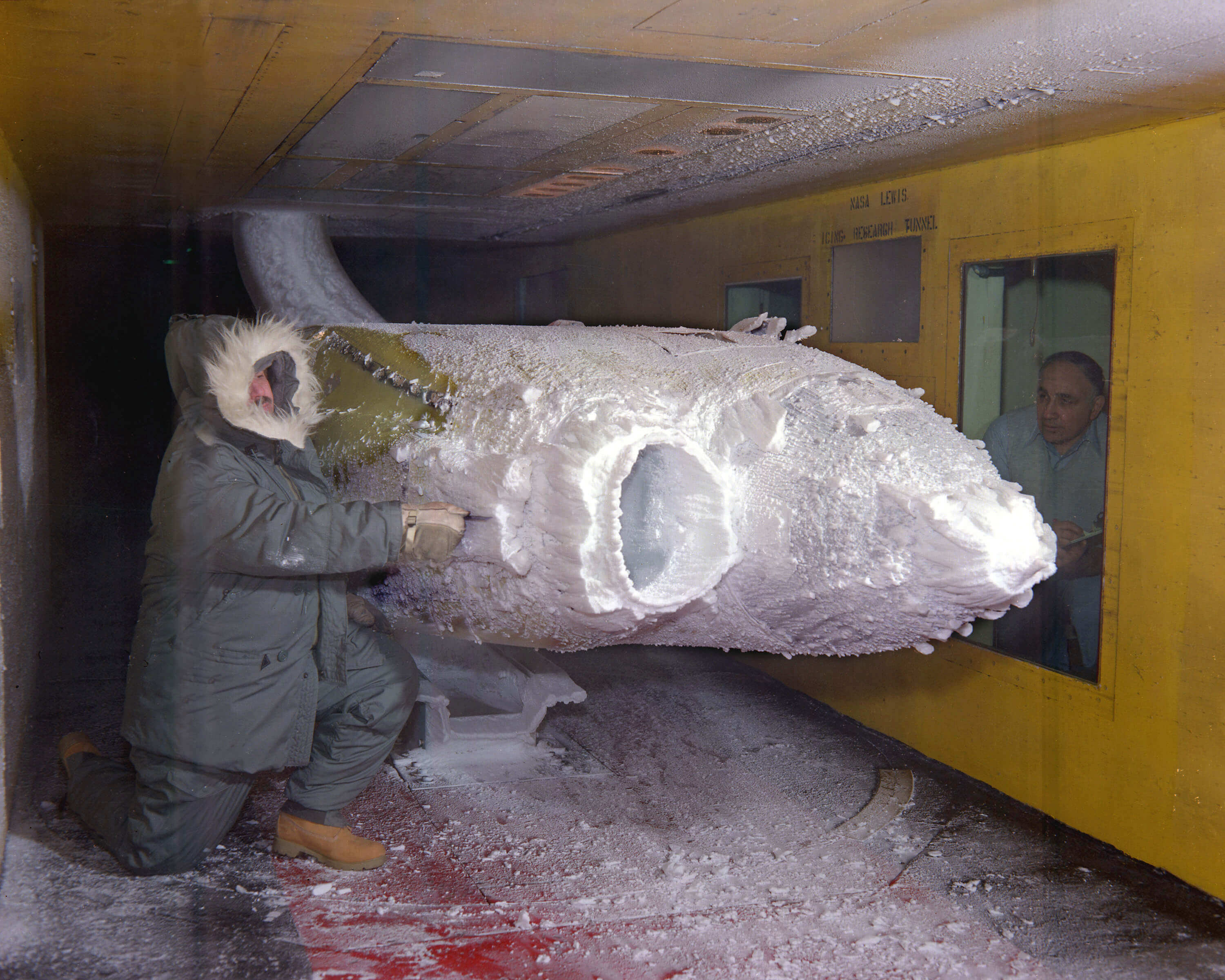



Ice accumulation on wings causes significant flight hazards, especially on takeoff. A sheet of ice the thickness of a DVD can reduce an airplane’s lift by 25 percent or more. To reduce flight hazards, NASA scientists helped a company create a reliable, lightweight, easy-to-install wing and tail de-icing system that heats instantaneously as needed, allows safe flight through ice encounters and provides pilots of single-engine aircraft the heated-wing technology used by larger, jet-powered craft.
The first A in NASA stands for aeronautics — and over the years NASA has pioneered many advances for aircraft, from the shape of the wings to the software that keeps them flying safely. Significant research over the years has looked into how and when ice forms on plane wings and how to remove it to make flying safer.
Learn more about how NASA helped develop technology that impacts anti-icing systems within your city's air travel environment!